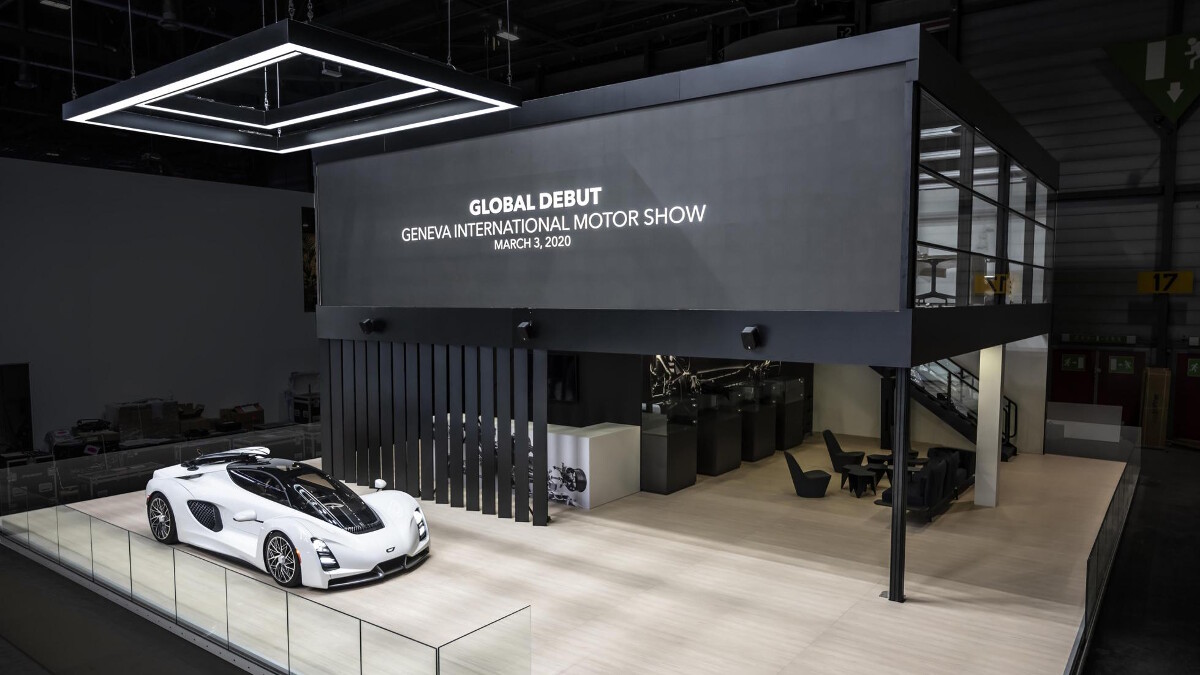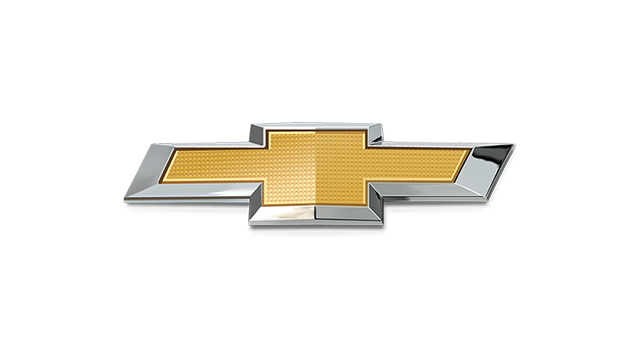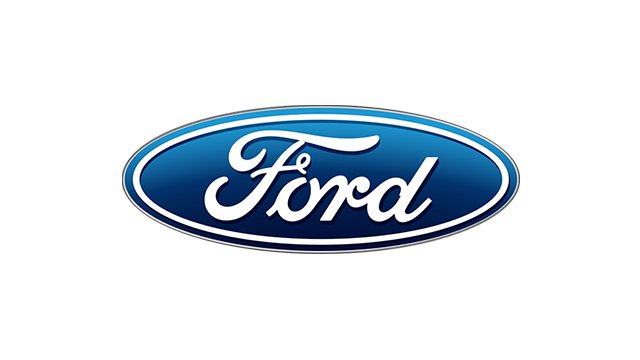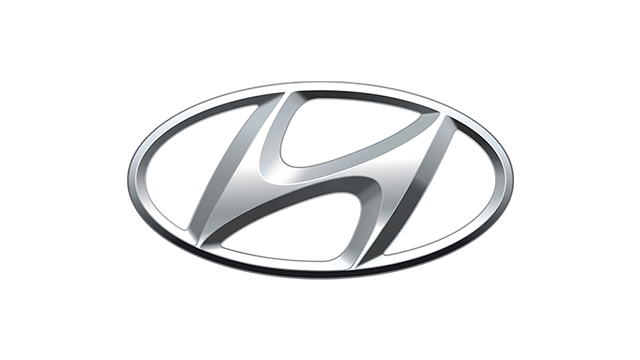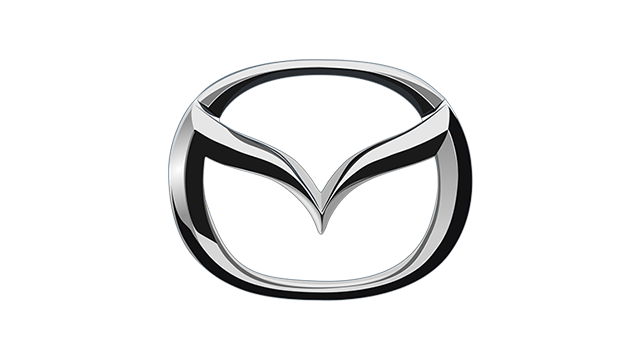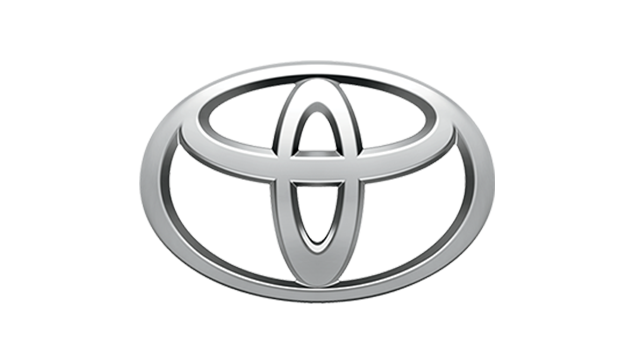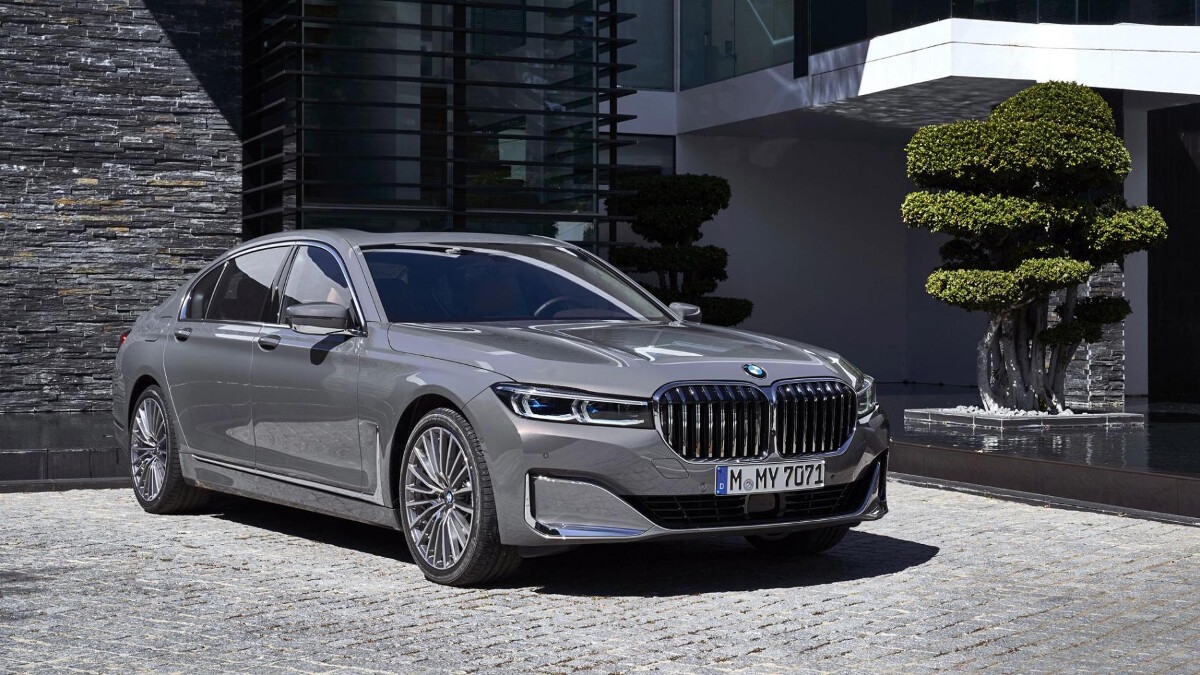
Time for an inconvenient truth. No, not that one, with impossibly large global consequences—just a smaller, regularly inconvenient one: BMWs aren’t good-looking anymore. Sure, there’s a few exceptions in the muscular M2, the reserved 5-Series, and brutish M8 Competition, but that’s three cars out of an entire range with snouts that’d shame an elephant seal.
Clearly, BMW is much more adroit at machinery than scenery these days—as evidenced by the powerplant nestled inside the M8 Competition: 625hp and 745Nm from a 4.4-liter V8, with a full warranty. Sheer brilliance.
It’s little wonder, then, that so many manufacturers have called on Munich to power their cars. And, if we’ve done our job right, there’ll be at least one here that you’ve never heard of.
1) McLaren F1
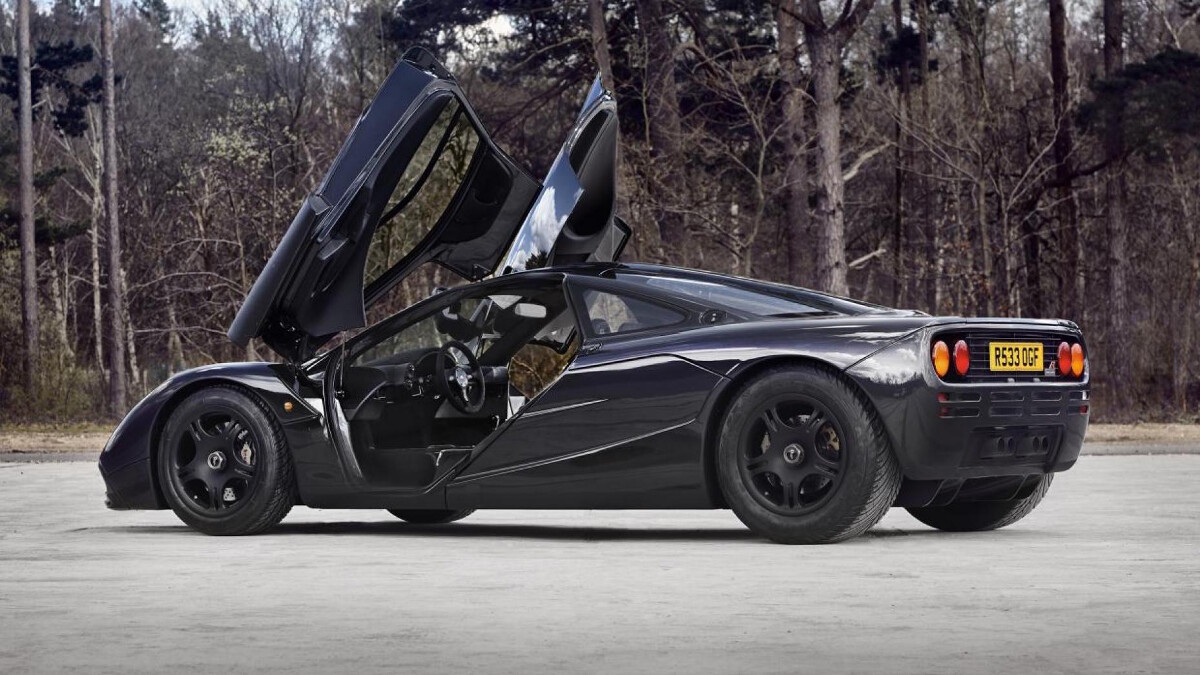
We thought we’d start off simple and get more esoteric as we go along. Call it the M. Night Shyamalan method.
So, here it is: the very best-known (and arguably best, full-stop) BMW engine in a car without the roundel badge on the bootlid. Gordon Murray’s seminal road-car design and BMW’s custom-made V12, coming together to make a 386kph masterpiece.
Murray tapped Paul Rosche, whom he knew from their Brabham days, to build him the engine he envisioned for the ultimate road car. We’d say job done, Herr Rosche.
2) Toyota Supra
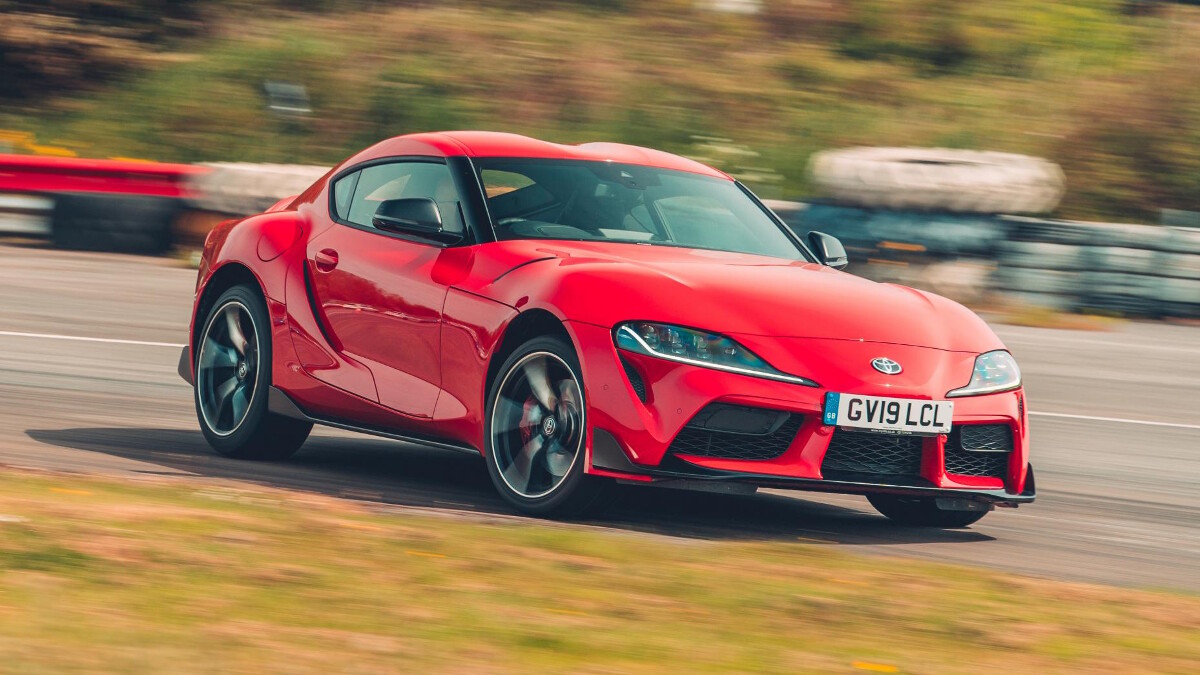
Ah, yes—perhaps just as famous as the McLaren F1, and exactly four and a half thousand times more maligned. Why is it such a problem for Toyota’s GT car to use a proven straight-six gasoline engine? Beats the hell out of us, but there you go.
If we had to nitpick—and believe us when we say it is never a hardship to do exactly that—we’d say that it’s just a case of using the wrong BMW engine. Straight-six? Absolutely. Three liters? Bang on. Turbo? You bet your life. Just not the B58 regular-Beemer engine. The Supra is supposed to be super! Surely it deserves a proper M Sport engine, with the correct S appellation? If BMW is willing to stick it down the gaping maw of utter rubbish like the X4 M, there’s a compelling argument for the S58 making its way into the Supra. Manual gearbox, too, please!
Oh, and Beemer also provides the four-cylinder engine that’ll power the upcoming entry-level Supra. Let the hatred fill your veins.
3) Rolls-Royce Silver Seraph, Ghost, Wraith, Dawn, Phantom, Cullinan...
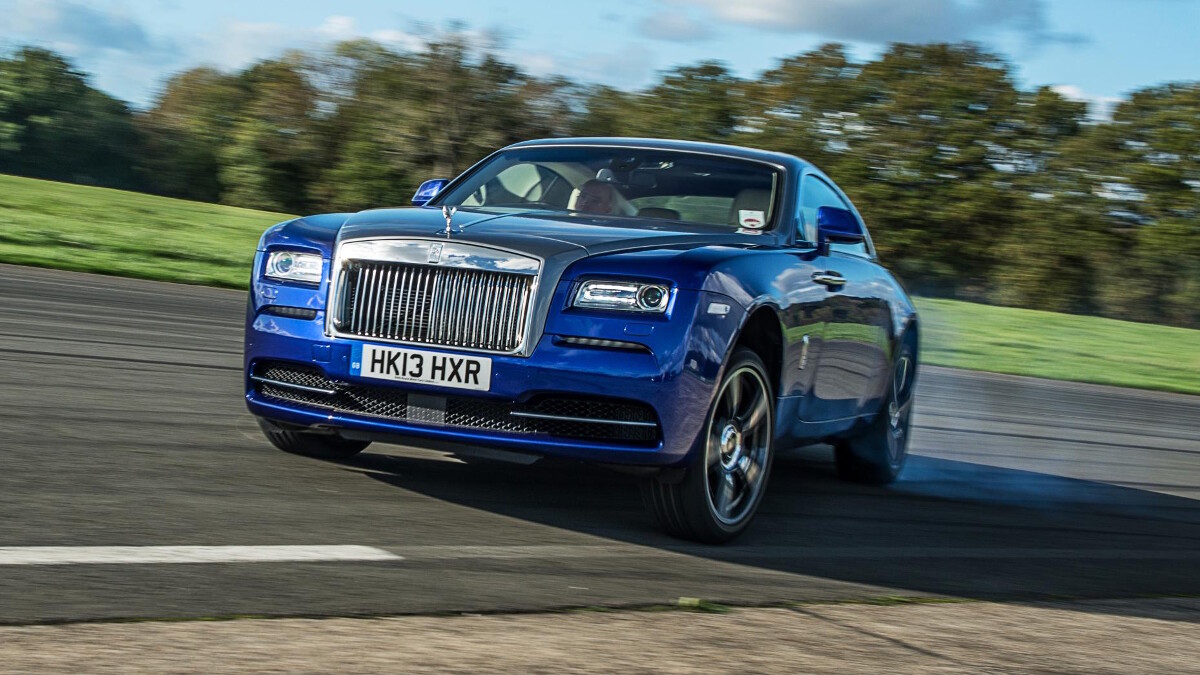
Now, does it count if BMW owns the company? We’re going to go ahead and say yes—otherwise, this’d be a really short article and you’d have to go back to doing actual work, rather than hanging out here with us, reading about cool cars.
So, as car-history buffs will already know, Vickers’ sale of Rolls-Royce back in 1998 was a complete clusterfornication of rights agreements and trademarks. But that’s a whole other story; the upshot was that the first V12-powered Rolls-Royce since 1939 would use one from...ze Chermans! And it was no better over at Bentley—they were using a twin-turbo version of the M62 4.4-liter V8...running through the 4L80E gearbox...the same as a Chevrolet van. The ’90s really were an interesting time for British car manufacturers.
With ownership rights sorted out between Vee Dub and Beemer (BMW got Rolls-Royce and VW got Bentley), Rolls-Royce was then able to make merry with BMW bits: turbocharged N74 V12s for the Ghost, Wraith, and Dawn, and a naturally aspirated N73 for the Phantom—bored and stroked to exactly 6.75 liters, of course.
4) Rover 75 and MG ZT
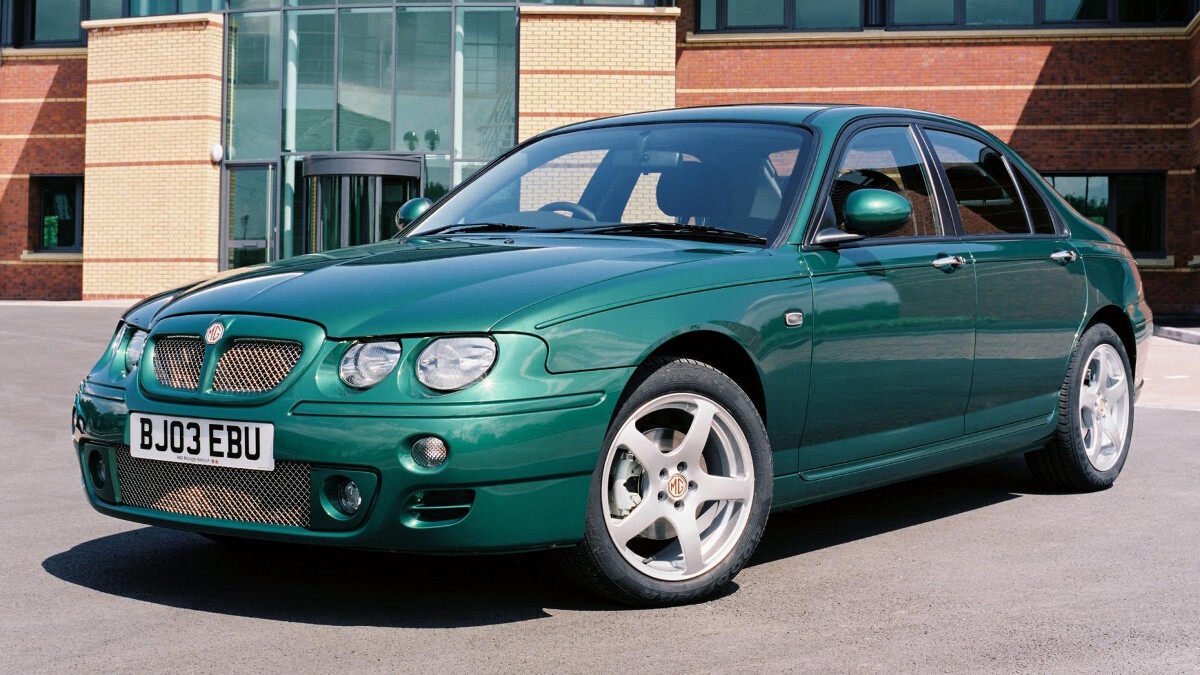
Continuing with BMW’s ’90s shopping spree, we find the Rover Group, which was broken down at the dead end of Struggle Street by 1994.
BMW’s efforts to get it running again proved about as fruitless as an American’s dinner, which is either terribly sad or entirely uninteresting, depending on how much of a British-industry apologist you are.
In any case, there was actually a pretty decent car among the insults, inquests, and insolvency—the 75/ZT with BMW’s M47R diesel. Road testers of the time noted the engine’s refinement and torque, how the iPod would be a passing fad, and why frosted tips would be cool forever.
5) Range Rover L322
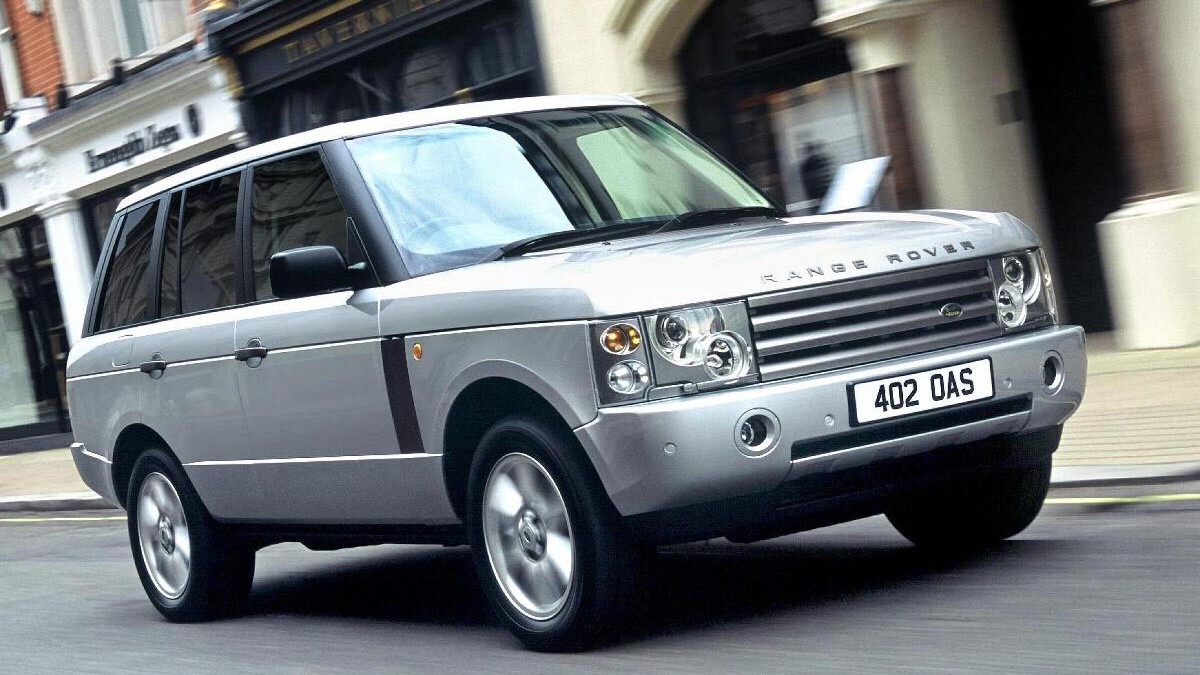
But wait! BMW’s efforts to prop up Rover may have failed, but cleaving the grandfather-spec Rovers from the dead-in-an-Essex-lane Land Rovers was a stroke of genius. The L322 Range Rover (as in the one that actually worked sometimes) debuted with BMW’s dependable 4.4-liter V8 gasoline or M57 straight-six diesel. But, as Ford bought Jag and Range Rover, the Yanks were also having a crack at the whole ‘make British brands profitable’ thing that had eluded the Germans. So, the L322 segued to Jaguar and Ford V8 petrols and diesels.
Pedants will note that the P38A also had a BMW straight-six diesel engine. And yes, it did. Well done. The P38A also had the running costs of Buckingham Palace and an electrical system that could only have been more temperamental if it were submerged in seawater. The engine was decent enough, though.
6) More Land Rovers—Freelander, Defender, and one very special Discovery
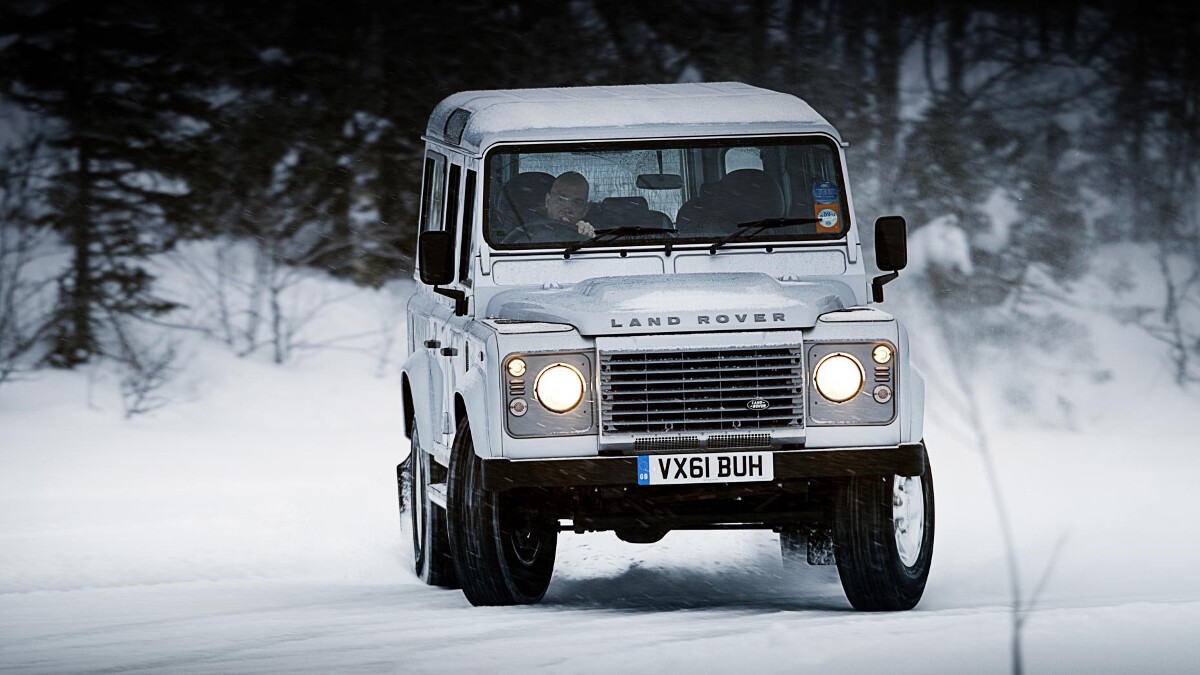
More BMW-engined Land Rovers! Unfortunately, it’s a first-gen Freelander. The engine’s the same as in the Rover 75 and MG ZT (must have ordered them in bulk), and we’re sure there’s at least one L314 Freelander owner who’s very cross with us for being so rude about their terrible, uninteresting car.
Of much more interest is South Africa’s effort. For a kick-off, they started with a Defender, which, while being about as comfortable as a punji pit, is still such a machine that feels so inherently right. The fact that it was designed as a tool for a specific job, without sops to ‘active lifestyle’ this or ‘aspirational’ that only helps matters. But when the Saffers hit upon the groot idea of wedging in the M52 straight-six gasoline from the undeniably excellent 328i Sport, the right tool for one job became a top-tier Leatherman. One that could do nil to 100kph in about 9.5sec and sail past 160kph. Where Do. We. Sign?
It might have been this beautifully yet tragically short run of BMW-engined excellence that inspired our next candidate. Sure, it’s a one-off, but the M3-powered Land Rover Discovery rally car really is the next logical step. Well, logical might be a bit of a stretch, but we love it all the same.
7) Bertone Freeclimber
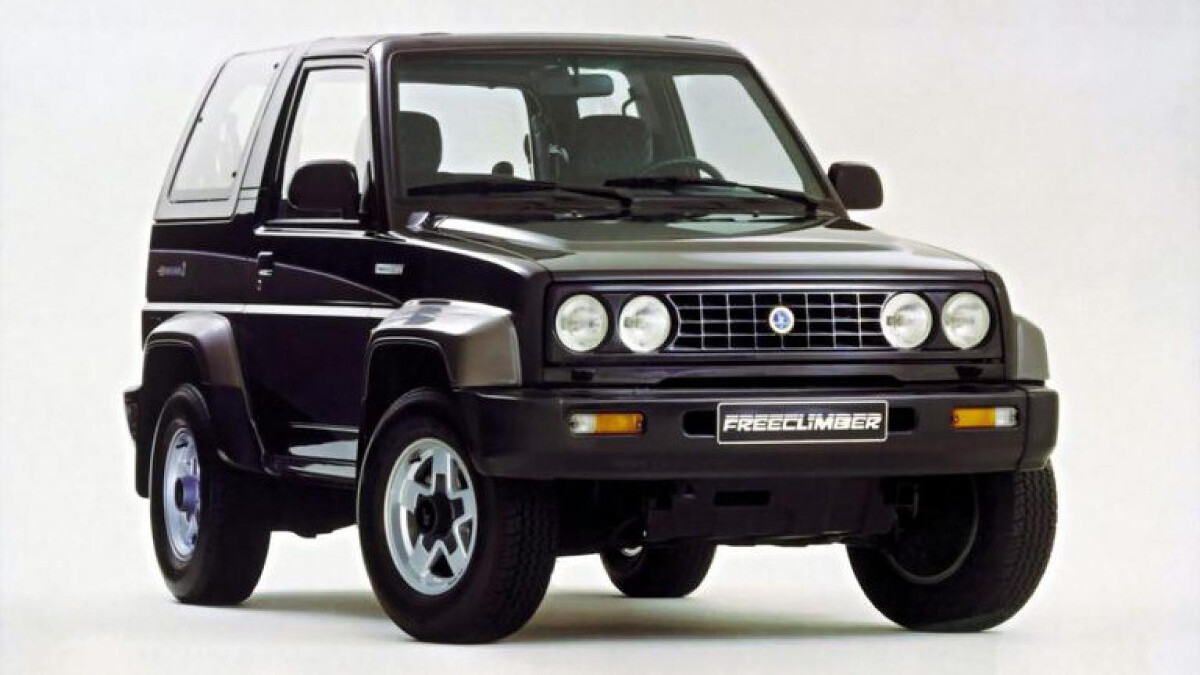
Not familiar with this one? Well, the Freeclimber was offered with a choice of BMW engines, in the body of a Daihatsu Rocky, with styling by the same company that did the Alfa Romeo BAT cars, the Lamborghini Miura, and the Lancia Stratos HF. So, you’re looking at a very Euro-spec four-headlight arrangement up front, the boxiest wheel arches this side of an Audi IMSA racer, and alloy wheels by the king of them—OZ, who manufactures wheels for WRC, F1, DTM, F2, GP3, IndyCar...
Okay, so the Freeclimber might not have the same deliriously desirable lines as Italian supercars, but look at it this way: You can say you have something with Italian styling, German engines, and Japanese build quality. Y’know, if you actually manage to track one down.
8) Wiesmann
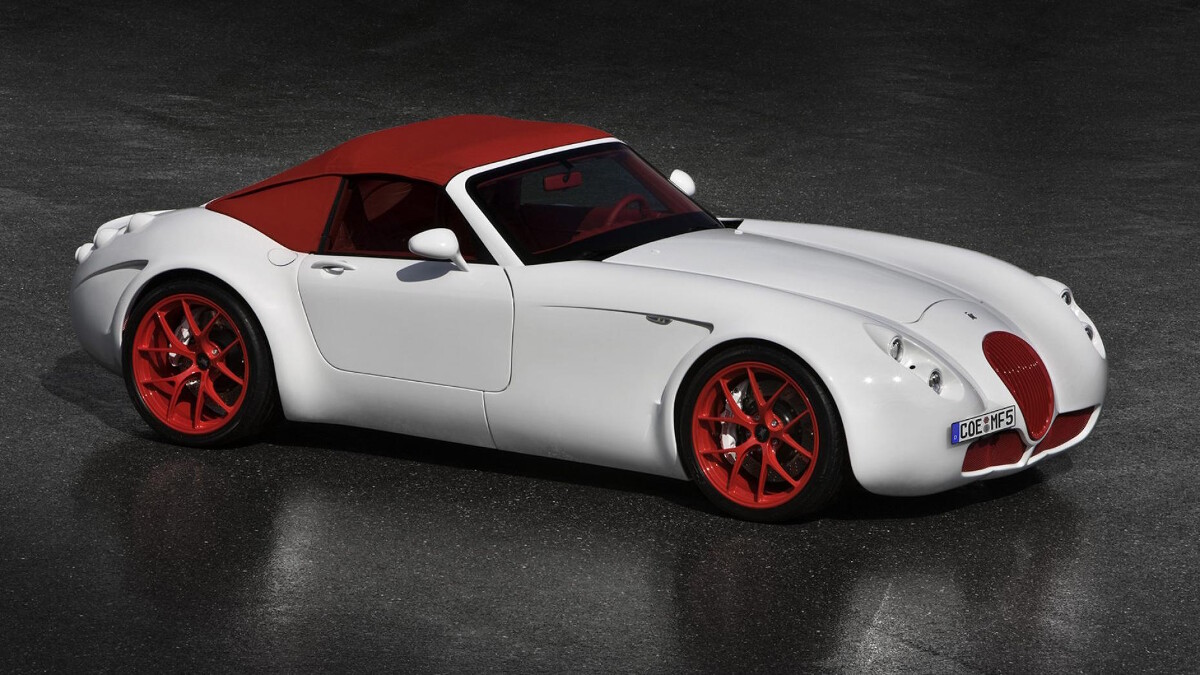
It’s great to see that it’s not just England with a penchant for hand-built sports cars of questionable sanity. True to form, though, some Brits did try to buy Wiesmann lock, stock, and two smoking tires back in 2014. But we, as ever, digress.
Wiesmann’s use of BMW engines is as consistent as BMW, really—we don’t know of a single Wiesmann ever sold to a customer that didn’t have a Beemer-badged lump. The MF 30 used the same 3.0-liter M54 straight six as the BMW 330Ci, which then stepped up a notch (and a half) with the S54-engined MF 3, which was every bit as good as an E46 M3-engined, custom-built roadster sounds. From there, things just got faster, with a turbocharged 4.4-liter V8 in the MF 4. Finally, the MF 5 somehow shoehorned the insane V10 from the E60 M5 under its fiberglass hood.
9) Brabham BT52

The BT52 is one of our favorite F1 cars of all time, and not just because Nelson Piquet Sr. drove it to victory in 1983. The season-end banning of ground-effect aero meant a wholesale rethink of cars in next to no time—Gordon Murray famously had just six weeks to come up with a whole new design. And he could not have nailed it more, in our minds.
Oh, and there’s the small matter of BMW’s 1.5-liter four-cylinder M12/13 engine making a reliable 640hp, and up to 800hp for qualifying. Apparently, it was capable of 1,500hp “on occasion,” but we’d assume it’d only be good as a paperweight after a few laps, considering it was putting out a thousand horsepower per liter.
10) Ascari
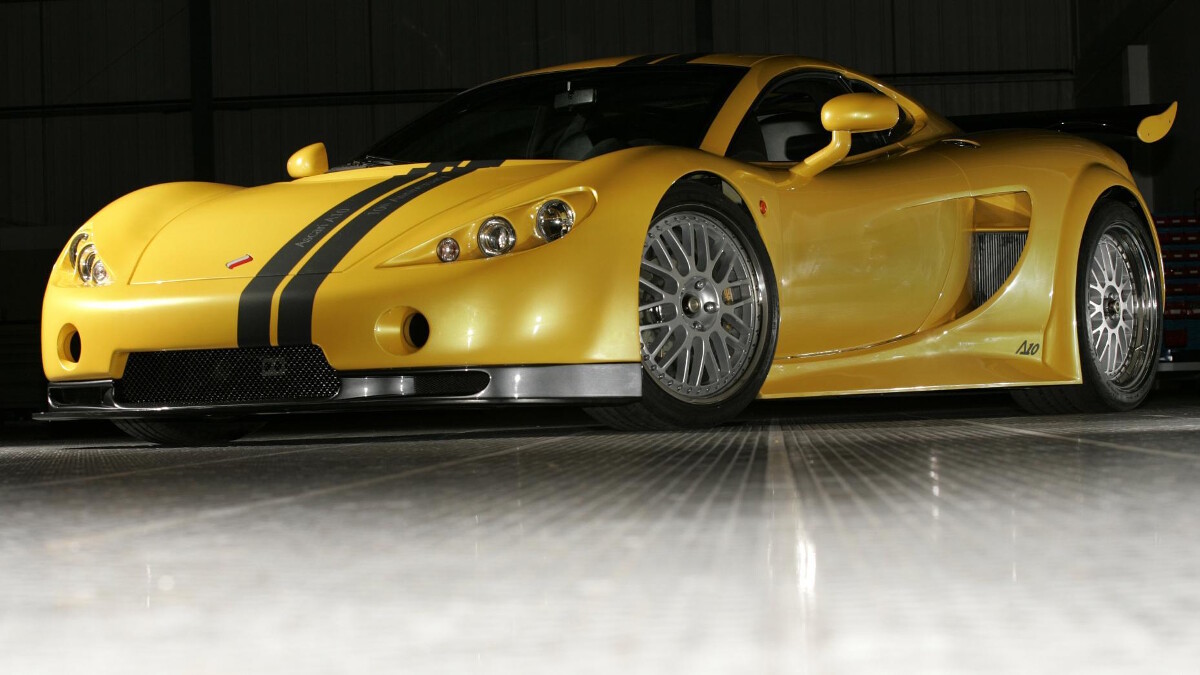
Yes, it’s Ascari, the least British-sounding British carmaker we can think of. Well, it was started by a Dutchman and named after an Italian racing driver, so let’s call it an international affair.
You could also call it ‘what BMW engines can achieve if you’re mad enough’—getting 625hp from the 5.0-liter V8 from the E39 M5 and wedging it the midship position into a flyweight fiberglass sports car is a truly excellent way of getting our undivided attention.
Like Wiesmann, Ascari depended on BMW’s engine plants, starting off with a Chevy V8 in the FGT concept car, but quickly pivoting to 4.4-, 4.7-, and 5.0-liter versions of the M62 V8 engine, before moving on to the S62 from the M5 and nailing a 1:17.3 around the Top Gear test track at the hands of Señor Stig.
NOTE: This article first appeared on TopGear.com. Minor edits have been made.
